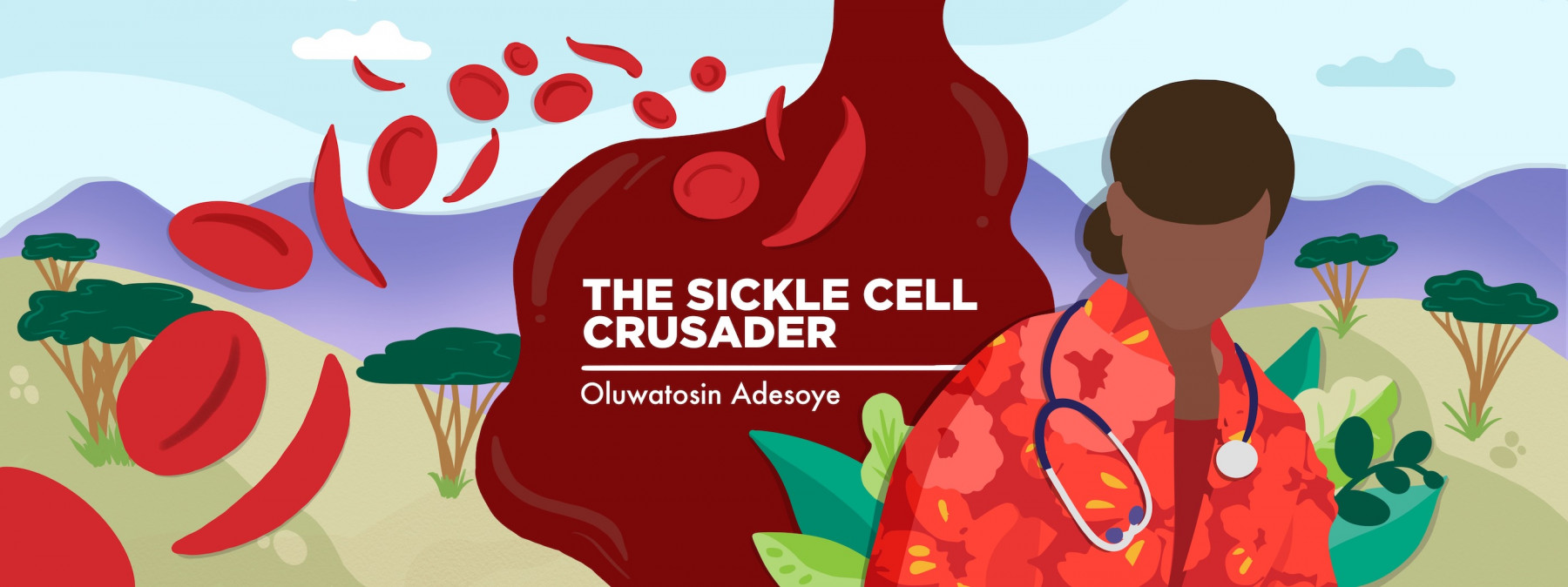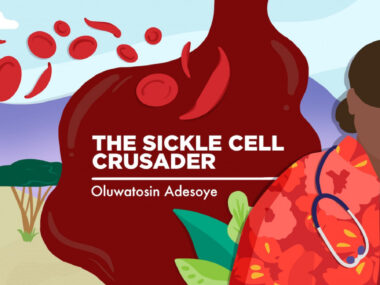Weathering the stages of denial before reaching acceptance
It took me a long time to rediscover self-love on my chronic illness journey
Written by |

Sickle cell disease presents a range of complications, some of which are visible while others are invisible. For the first two decades of my life, I only dealt with invisible complications, which allowed me to keep my challenges private. However, as I entered my early 20s, the visible complications started to appear, which profoundly shook my world and demanded that I confront a new reality.
The physical changes started subtly. While I’d dealt with osteoporosis as a chronic complication all my life, I underestimated its long-term impact on my body. By my early 20s, bone deformities began to emerge, becoming increasingly noticeable over time.
Despite living with sickle cell disease, my self-love has always been fierce. I was, and still am, absolutely in love with myself, including my beauty, intelligence, and personality. Still, there came a point when that confidence was severely tested.
Discovering true resilience
Experiencing complications like ankylosis, bone deformities, and avascular necrosis severely compounded my challenges, primarily affecting my walking and posture. My clinical team recommended physical therapy, to which I dedicated myself fully. But this well-intentioned treatment became a double-edged sword: Every physical therapy session triggered a severe sickle cell crisis, causing excruciating pain. Eventually, I had to stop physical therapy because it seemed to worsen my overall health.
My difficulty with walking started insidiously and progressed over time. Strangely, people around me noticed before I did. In my daily life, I began to notice problems with activities I loved, particularly driving, which had been one of my favorite hobbies. In college, I loved surprising people with my small stature behind the wheel.
The first significant indication that my mobility had been affected was when driving became intolerable. Just five minutes would cause me intense pain. I quickly moved from being an enthusiastic driver to preferring my friends to drive me around. Shortly after this, others began commenting on my gait and posture, making me feel unpleasantly self-conscious.
Realizing I was no longer the “fine girl” who could strut with ease shattered me. I was in denial and desperately tried to hide. I stayed indoors, determined that no one would see the new me with a disability. I stopped looking in mirrors, hoping to avoid a reflection that brought me pain.
The judgment by others hit me the hardest. I remember someone commenting that they didn’t like the way I walked to the altar to give my offering at church, which prompted me to stay away from my church for years.
The shame I felt escalated into clinical depression. As a medical student, I missed lectures because I wanted to hide, a pattern that ultimately caused me to have to repeat a class. I cut ties with old friends, refusing to meet anyone who might see how I had changed. I lived in denial, masking deep sadness and pain so effectively that when my physician informed my parents of my depression, their first reaction was laughter. My inability to accept my physical limitations fueled that denial, which inevitably affected my studies.
The setback of having to repeat a class was devastating, but it became the catalyst that saved me. I eventually faced the fact that my life’s greatest goal at the time was to become a medical doctor, and it was slipping away from me because of my depression. So I gave myself a firm pep talk: “You either do this, or you die trying.” I had to choose to fight for my dream.
At that moment, I chose acceptance. I accepted the reality of my challenges, sought treatment for the manageable ones, and accepted limitations that were unfixable. I realized that I was much more than my physical body, and I decided that I wouldn’t let a physical limitation negate my abilities.
Facing my fears, I looked in the mirror again. I reconnected with my friends and began confidently sharing my story to empower others. I stopped hiding and turned a perceived weakness into a strength. I tackled my studies head-on, attended every class, and ultimately graduated with flying colors. Today, I admire and love myself much more than I used to. Every day, I draw on my superhuman strength to love myself even more.
For anyone struggling with the visible or invisible burdens of sickle cell disease, remember: You are not your disability. Acceptance is not defeat; it is the ultimate act of self-love and the foundation upon which true resilience is built. It is the beginning of turning your unique journey into your greatest source of power.
Note: Sickle Cell Disease News is strictly a news and information website about the disease. It does not provide medical advice, diagnosis, or treatment. This content is not intended to be a substitute for professional medical advice, diagnosis, or treatment. Always seek the advice of your physician or other qualified health provider with any questions you may have regarding a medical condition. Never disregard professional medical advice or delay in seeking it because of something you have read on this website. The opinions expressed in this column are not those of Sickle Cell Disease News or its parent company, Bionews, and are intended to spark discussion about issues pertaining to sickle cell disease.







Leave a comment
Fill in the required fields to post. Your email address will not be published.